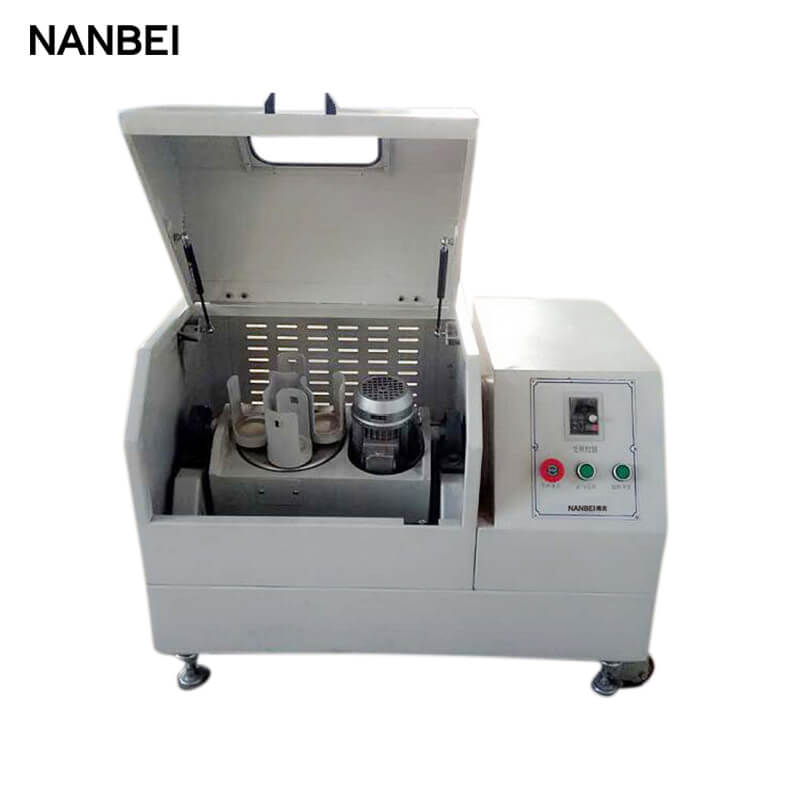
 May 26,2023
May 26,2023
As we all know, the ball mill relies on the impact, extrusion and friction of the grinding balls to grind the sample. During this process, the grinding ball will inevitably be bumped and worn. Generally speaking, the factors that lead to the wear of grinding balls are as follows.
The first factor is the size ratio and loading capacity of the grinding balls. During the grinding, the collision probability of grinding balls of the same size is higher, and the balls are prone to wear. In addition, the higher the loading capacity of the grinding balls, the easier it is to collide, so we need minimize the number of grinding balls in the lab ball mill while meeting the requirements of the grinding experiment.
The second is the material of the grinding ball. Due to the difference in hardness, density, elasticity, wear resistance and acid and alkali resistance of grinding balls of different materials, the wear situation is also different.
The third influencing factor is the grinding energy of the ball mill. Usually, the higher the speed of the planetary ball mill, the stronger the vibration of the vibratory ball mill, the larger the volume of the ball mill tank, the greater the kinetic energy given to the grinding balls, and the greater the collision force , as a result, the wear will be more severe.

Another factor is the nature of the sample to be ground. The hardness, size and chemical properties of the sample also have a very important impact on the wear of the grinding balls.

 2020-Oct-29
2020-Oct-29

 2020-Oct-29
2020-Oct-29
